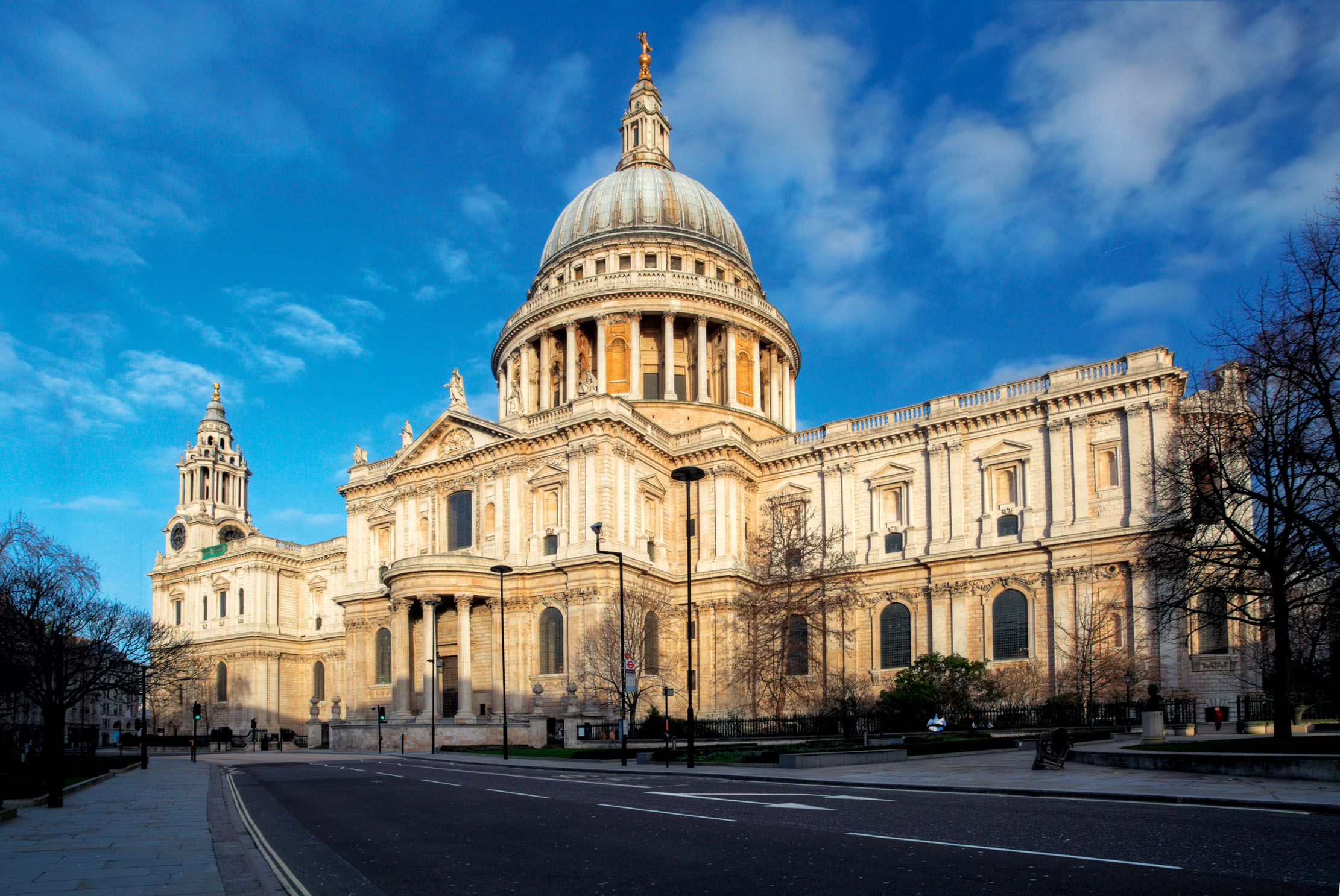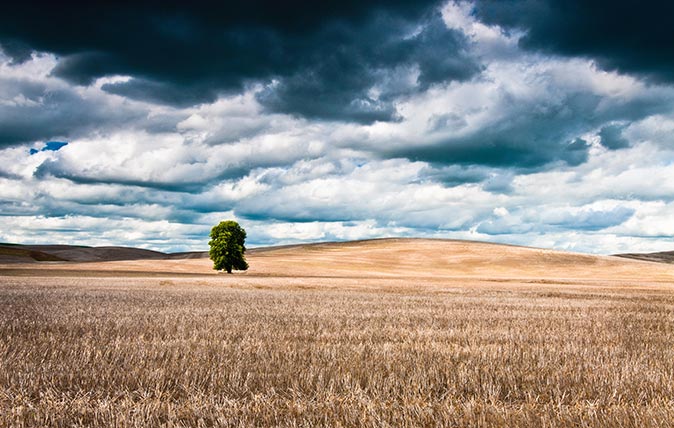Carla Carlisle: 'I felt a surge of gratitude and hopefulness that’s hard to describe. You could call it Thanksgiving.'
A visit to St Paul's Cathedral provokes a flood of feelings in Carla Carlisle.


When the invitation came, we were a little mystified. In beautiful lettering on stiff creamy card, it read:
The Dean of St Paul’s Cathedral and the Board of St Paul’s Cathedral Trust in America request the pleasure of your company for an intimate concert and dinner at St Paul’s Cathedral to celebrate the special relationship between the United States and the United Kingdom. On November 11, 2021, at 6:30 in the evening Evening Dress (Black Tie) with Decorations.
Although ours is a marriage that unites those two countries, we weren’t sure we merited an ‘intimate concert and dinner’ in the grandest of grand cathedrals. Scrolling back for associations with St Paul’s, we remembered attending a service one Sunday during the Occupy London movement to show support for the anxious — and dwindling — clergy. We went to a gala Christmas charity concert for the British Red Cross organised by our friend Wendy Drew.
Back in 1986, I’d spent a day with a learned verger, fact-checking my entry in a guidebook to London because I’d relied heavily on an ancient official cathedral guide. In the early 1990s, I took my father to evensong on his last visit to England. Although not a ‘cathedralist’ like his daughter, he wept at the solemn beauty of it all.
My husband figured he was last at St Paul’s for the funeral of Margaret Thatcher. ‘It was April 17, 2013,’ I said. I remember the date because, on the same day, I was swearing allegiance to The Queen at The Athenaeum in Bury St Edmunds at my Citizenship Ceremony. All in all, slender credentials for the grand invitation.
My husband said: ‘It will feel like going to a wedding when you don’t know the bride or the groom.’
‘Nope,’ I said, ‘I think it might feel like Thanksgiving.’
Then, the week before the evening at St Paul’s, I went to a service in another cathedral. It didn’t require a train journey or evening dress. In the secular comfort of the study, I tuned into CNN and watched the funeral service at Washington’s National Cathedral for General Colin Powell.
Exquisite houses, the beauty of Nature, and how to get the most from your life, straight to your inbox.
I know that cathedral rather more intimately than St Paul’s. I went to school there in the 1960s, when Lyndon Johnson was president. His daughter Luci was in my class. She was a ‘day’ girl, living in the White House. I was a boarder and my room looked out onto the towers of the world’s youngest cathedral. It was still unfinished.
On my free afternoons, I explored. I hid in choir stalls and listened to the all-boys choir practice — and discovered ‘acoustics’. I watched the stone cutters hammer and carve in their sheds and learned about Gothic columns.
Was I told that a stone from St Paul’s was incorporated in the fabric ‘to remind future generations of the unity in faith of two great peoples’? I don’t remember that. But watching the funeral of Powell, I remembered Johnson signing the Civil Rights Act, followed by the Voting Rights Act, transformative laws that would be part of the American story of Powell’s life. As he wrote in his memoir: ‘Mine is the story of a black kid of no early promise from an immigrant family of limited means who was raised in the South Bronx.’
A ‘black kid’ and a veteran of the Vietnam War, who became National Security Advisor to Ronald Reagan, chairman of the Joint Chiefs of Staff under George H. W. Bush and Secretary of State under George Bush. A lifelong Republican who endorsed Barack Obama after John McCain chose Sarah Palin as his running mate. Like many Republicans, he felt that the party had left him. A man of genuine service, humility, goodness and humour, an enthusiastic Episcopalian (‘The higher the church, the closer to God’ he would say with a smile), he was at home in his nation’s cathedral, a Believer in life and in death, a believer of ‘one equal eternity’.
The funeral was a perfect prelude to the ‘concert and dinner’ at St Paul’s. It really was ‘intimate’ — 75 at most — gracefully spaced under the great dome. The choir sang Steal Away, a Southern spiritual set by English composer Michael Tippett, and ended with There’s a Place For Us from West Side Story. The small congregation of Americans — mostly distinguished members of the St Paul’s Cathedral Trust in America — were amused and amazed at the unexpected choice of music. We were discreetly rubbing our eyes as The Duchess of Gloucester described the plans for a modern schoolhouse and boarding accommodation for the choristers, ambitious plans that will need the vision and commitment of the Cathedral Trust.
The significance of Leonard Bernstein’s song was revealed as we were led to the American Memorial Chapel. Tucked behind the high altar in a space destroyed in the Blitz, it was rebuilt and dedicated to the American dead of the Second World War. At its heart is a vast leatherbound book, 500 pages of gilt vellum, a roll of honour to the 28,000 Americans — from Aaberg to Zingale — who died in or en route to British territory.
Perhaps it was because, only days earlier, I’d watched the service for Powell. Maybe it was the red leatherbound book that holds so many names, or simply the presence of Americans who were the best of my countrymen — worldly, generous and non-partisan — and, like Powell himself, Episcopalians. It may even have been the English Gusbourne Estate Blanc de Blancs, but on the journey home, I thought of the most famous Dean of St Paul’s, John Donne, and that prayer — you know the one: ‘no darkness nor dazzling, but one equal light, no noise nor silence, but one equal music, no fears nor hopes, but one equal possession, no foes nor friends, but one equal communion’. I felt a surge of gratitude and hopefulness that’s hard to describe. You could call it Thanksgiving.

Credit: Alamy
Carla Carlisle: The end of the world may be nigh, but it won't be permanent. Now pass the wine.
Our columnist takes aim at everything from Remainers and Leavers to Donald Trump and the weather – and ends up remembering

Credit: Getty Images
Carla Carlisle: 'I’m about to expand on my belief that reading fertilises our memories and allows us to visit our past without getting hurt when I see her eyes wander off towards Monty Don'
Books create a powerful connection with the home of your youth, finds Carla Carlisle.

Credit: Alamy
Carla Carlisle: 'We took it for granted that we could travel the world and live wherever we wanted... Now the dice is loaded against our children and against the planet. What were we thinking?'
Carla Carlisle on being a pessimist, making lists, and seeing snow for the first time.

Credit: Alamy
Carla Carlisle: 'Maybe we have to accept that dogs share our rage at growing old'
In a heart-wrenching column, Carla Carlisle talks about the sadness of dealing with dogs who don't go gently into the

Credit: De Agostini via Getty Images
'It took my son and daughter-in-law a weekend to set up an online shop... In a week, we sold £10,000 of wine that was languishing in the bonded warehouse'
Carla Carlisle's lockdown has taken her farm shop to places she'd never imagined — but now she's there, she's not
